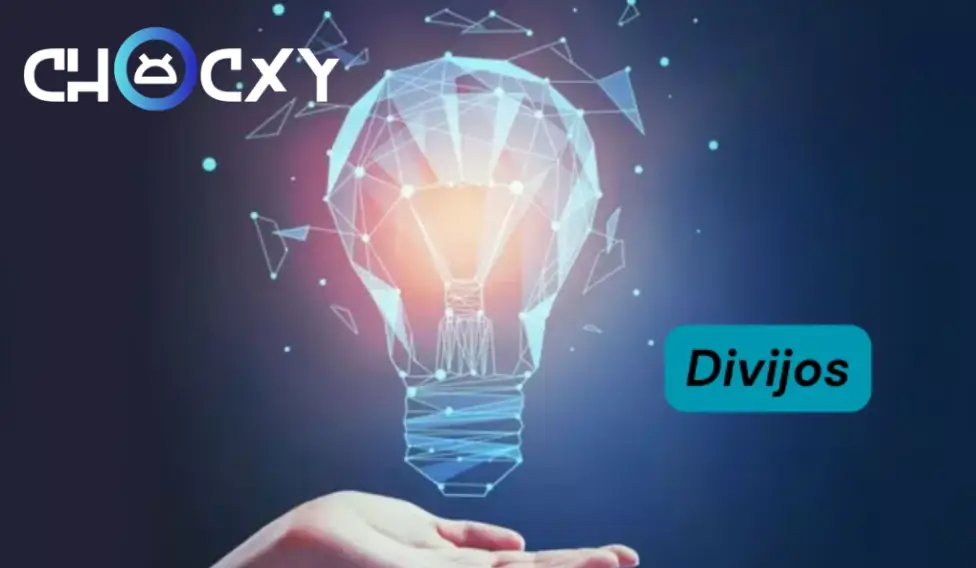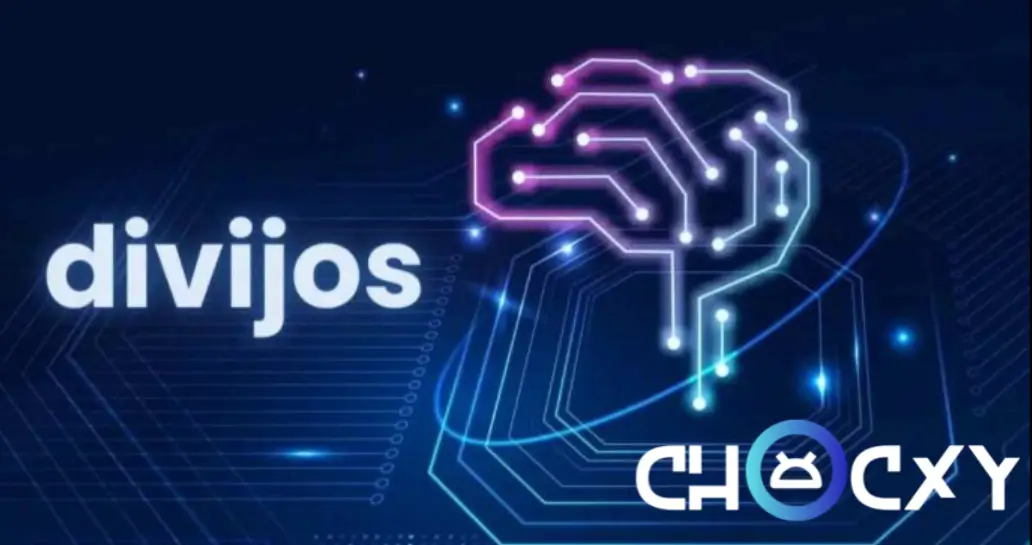In our fast-changing tech world, we often come across new words and concepts that shape our digital lives. “Divijos” is a term that’s gaining a lot of attention lately. As a group, we aim to keep pace with the latest digital trends. So, understanding ‘divijos’ deeply matters. In this article, let’s dive into what divijos are, how they’re used, and how they might change various sectors.
What Are Divijos?
Divijos represents a groundbreaking approach to facts visualization and records organization. At its middle, a divijo is a dynamic, interactive data shape that lets in users to seamlessly navigate complicated datasets. The term “divijo” is derived from the mixture of “virtual” and “vision”, emphasizing its position in bringing digital facts to life thru visible representations.
Key Characteristics of Divijos
- Interactivity: Unlike static charts or graphs, divijos respond to user input in real-time.
- Scalability: They can manage full-size amounts of facts with out compromising overall performance.
- Customizability: Users can tailor the visual representation to their specific dreams.
- Integration: Divijos can without troubles integrate with severa information sources and structures.
The Evolution of Divijos
The concept of divijos didn’t emerge in a single day. It’s the result of years of development in data visualization techniques. Here’s a quick timeline of their evolution:
| Year | Milestone |
| 2015 | Early prototypes of interactive data visualizations emerge |
| 2017 | The term “divijo” is coined by data scientist Dr. Emma Rodriguez |
| 2019 | First commercial divijo platforms are launched |
| 2021 | Divijos gain widespread adoption in the tech industry |
| 2023 | Advanced AI integration enhances divijo capabilities |
How Divijos Work
At the heart of every divijo is a sophisticated algorithm that processes and organizes data in real-time. This allows for instantaneous updates and seamless navigation through large datasets. The divijo framework consists of several key components:
- Data Input Layer: Collects and preprocesses raw data from various sources.
- Processing Engine: Applies advanced algorithms to organize and structure the data.
- Visualization Layer: Renders the processed data into interactive visual elements.
- User Interface: Provides intuitive controls for navigating and manipulating the divijo.
To better understand the inner workings of divijos, let’s examine their technical architecture:This architecture ensures that divijos can handle complex data operations while maintaining a smooth and responsive user experience.
Applications of Divijos
The versatility of divijos has led to their adoption across various industries. Here are some key areas where we’ve seen significant impact:
1. Business Intelligence
In the realm of business intelligence, divijos have revolutionized how organizations analyze and interpret their data. By providing interactive visualizations of key performance indicators (KPIs), sales figures, and market trends, divijos enable decision-makers to gain deeper insights and make informed choices.
2. Scientific Research
Scientists and researchers have embraced divijos as a powerful tool for visualizing complex datasets. From genomics to astrophysics, divijos help in identifying patterns, anomalies, and correlations that might otherwise go unnoticed.
3. Education
In the educational sector, divijos have transformed the way students interact with information. Interactive historical timelines, geographical data visualizations, and scientific simulations powered by divijos enhance learning experiences and improve comprehension.
4. Finance
Financial institutions leverage divijos to analyze market trends, assess risk, and visualize complex financial models. This has led to more accurate predictions and better-informed investment strategies.
5. Healthcare
In healthcare, divijos play a crucial role in visualizing patient data, tracking disease spread, and analyzing treatment outcomes. This has led to improved patient care and more efficient resource allocation.

The Impact of Divijos on Data Analysis
The introduction of divijos has significantly transformed the field of data analysis. Let’s examine some key areas where divijos have made a substantial impact:
| Aspect | Before Divijos | With Divijos |
| Data Exploration | Time-consuming, often limited to static views | Rapid, interactive exploration of large datasets |
| Pattern Recognition | Reliant on pre-defined queries and reports | Dynamic discovery of hidden patterns and trends |
| Collaboration | Sharing insights often required exporting static reports | Real-time collaboration on interactive visualizations |
| Decision Making | Decisions based on periodic reports and summaries | Informed decisions driven by up-to-date, interactive data |
| Data Accessibility | Limited to data analysts and IT professionals | Democratized access to data across organization |
Challenges and Limitations of Divijos
While divijos offer numerous benefits, they also come with their own set of challenges and limitations:
- The divijos interaction: This can uncover personal data if not well-protected.
- Complexity: Building great divijos demands knowledge in data science, design, and specialized areas.
- Performance Issues: Handling very large datasets in real-time can strain system resources.
- Over-reliance on Visuals: Important facts might be missed if they’re not easy to spot. Learning
- Learning Curve: Some users may require training to fully understand and interpret complex visualizations.
Addressing the Challenges
To overcome these challenges, we at our organization have developed best practices for divijo implementation:
- Put strong safety steps in place to guard important information.
- Use teams with both tech skills and specialized knowledge.
- Boost divijo’s efficiency with smart data management and quick caching methods.
- Supplement visual representations with textual analysis and raw data access.
- Implement full training and provide effective assistance to divijo clients.
The Future of Divijos
As we look to the future, the potential of divijos continues to expand. Here are some exciting developments on the horizon:
Integration with Artificial Intelligence
The coming together of divijos and AI holds potential for fresh breakthroughs in data examination. Divijos can be improved by machine learning algorithms via:
- Recognizing important patterns and insights on its own
- Foreseeing upcoming trends by using past data
- Customizing images according to what users like and how they act.
Augmented and Virtual Reality Applications
AR and VR tech offer thrilling prospects for us:
- you can view 3D data images that you interact with directly.
- his includes shared virtual spaces for looking into data.
- You also get a better spatial sense of complicated sets of data.
Internet of Things (IoT) and Real-time Data
With the rise of IoT devices, divijos will significantly contribute to illustrating and evaluating the immense real-time data that’s being produced.
- Managing cities smartly with live data visuals.
- Boosting industrial processes using immediate sensor data.
- Personal health checks using interactive body data visuals.
Best Practices for Implementing Divijos
From our time spent working with divijos, we’ve put together some top tips to guarantee your implementation is a success:
- Begin with Precise Goals: Decide what you’re aiming for and what needs understanding before creating your divijo.
- Make User Comfort Top Priority: Give prominence to conducive navigation and straightforward visual structures.
- Verify Data Accuracy: Establish thorough data cleaning and validation routines.
- Boost Effectiveness: Employ smart data frameworks and save information for constant readiness.
- Give Clarity: Add understanding parts to assist users in reading the graphics right.
Divijo Design Principles
When creating effective divijos, consider the following design principles:
| Principle | Description |
| Simplicity | Avoid cluttering the visualization with unnecessary elements |
| Consistency | Use consistent color schemes and visual patterns across the divijo |
| Interactivity | Provide clear affordances for user interaction |
| Scalability | Design the divijo to handle varying amounts of data gracefully |
| Accessibility | Ensure the divijo is usable by people with different abilities |
Conclusion
This easy guide gives a look at divijos, a great new development in the world of seeing data in a clear and helpful way. They can take difficult to understand data and make it easier to see and use.
This could be a major help in lots of jobs and fields. In our group, we see divijos as a way to get smarter and better. We think that using this tool can provide greater knowledge to make big decisions. The start of the divijo story is now, and we are thrilled to take the lead. As we keep improving and adding more to what divijos can do, we warmly welcome all to uncover their endless opportunities with us.
It’s important to remember that doing well with divijos is about more than just the tool itself. It’s also about how we use it to solve everyday issues and unlock important facts and details. By keeping a curiosity and adaptability, and always aiming to add value, we can keep divijos growing and helpful. In the end they will truly become strong aids in navigating our ever-changing world.

